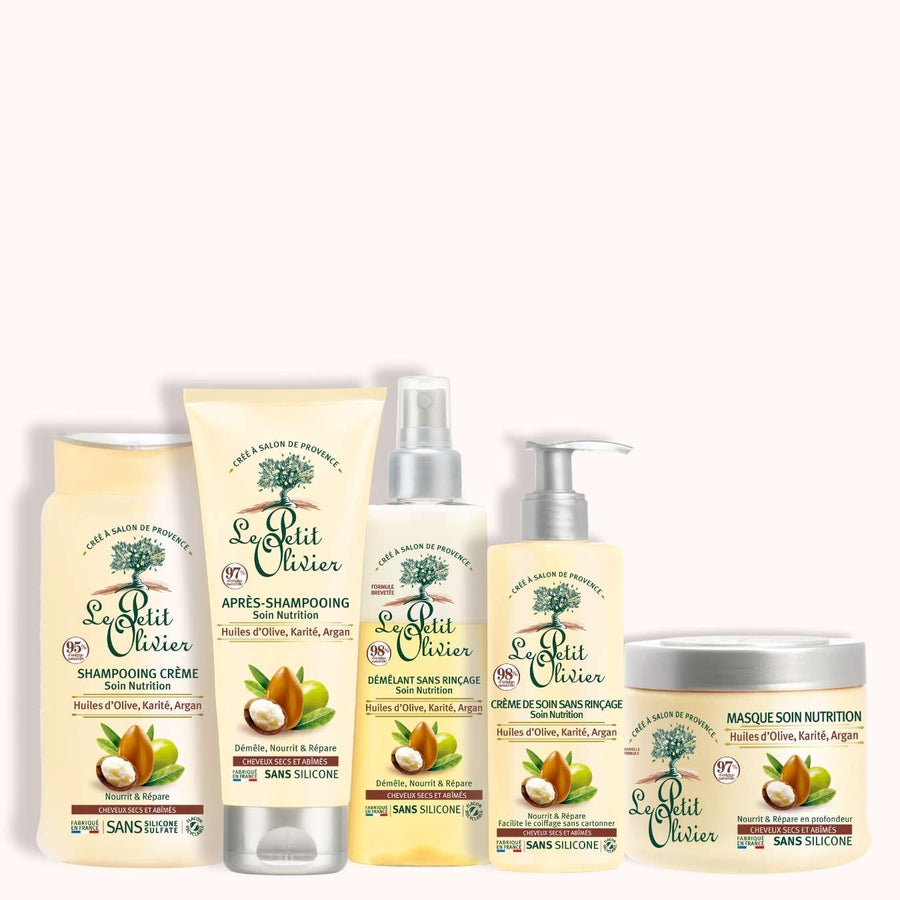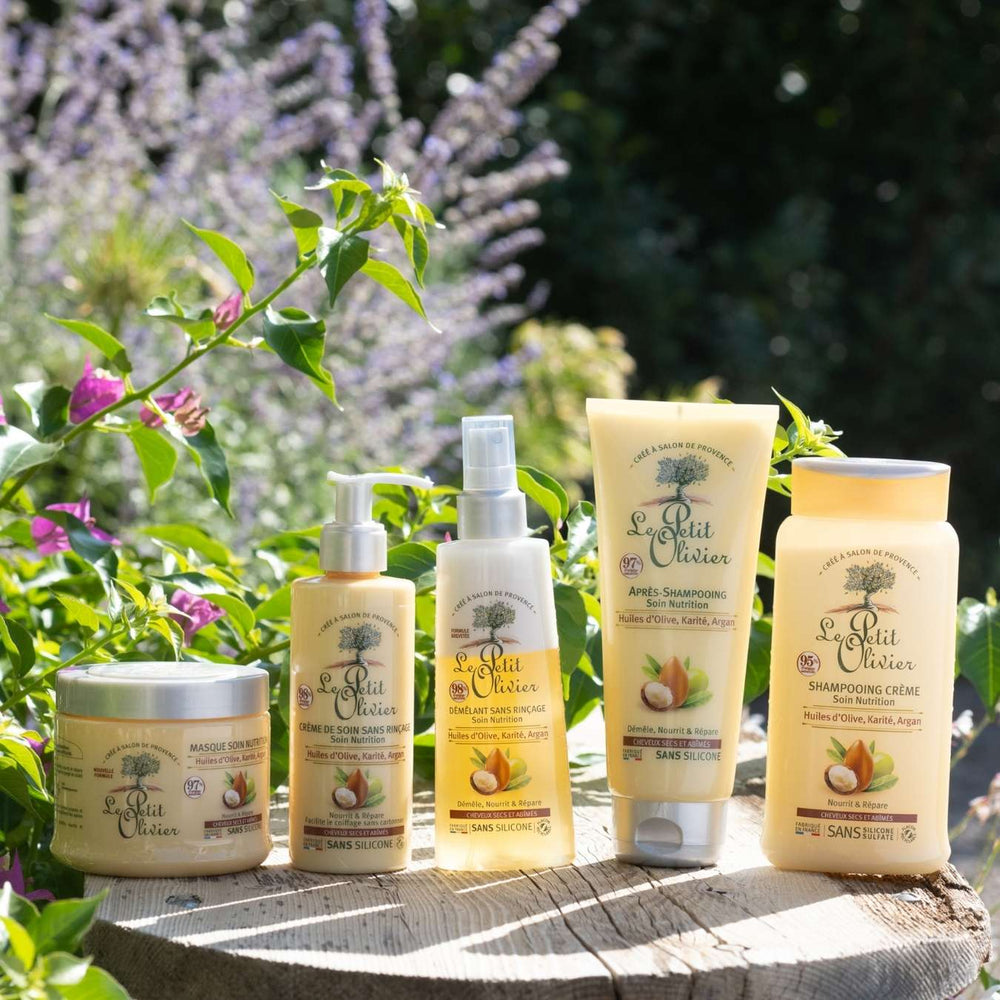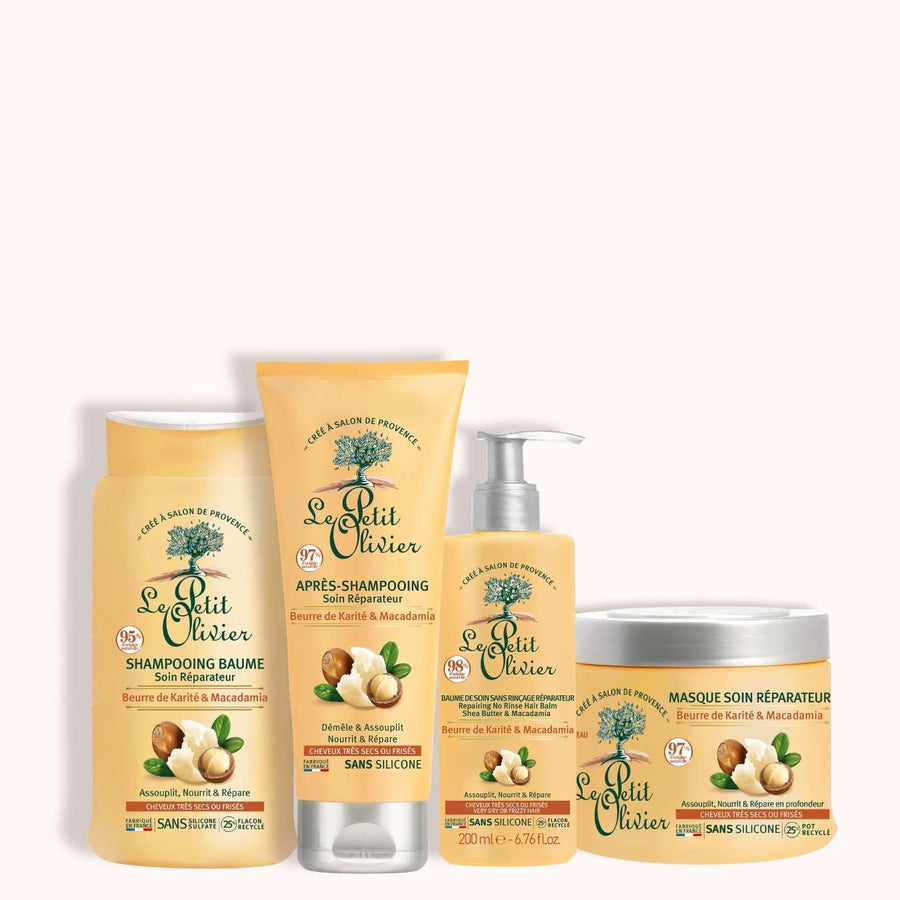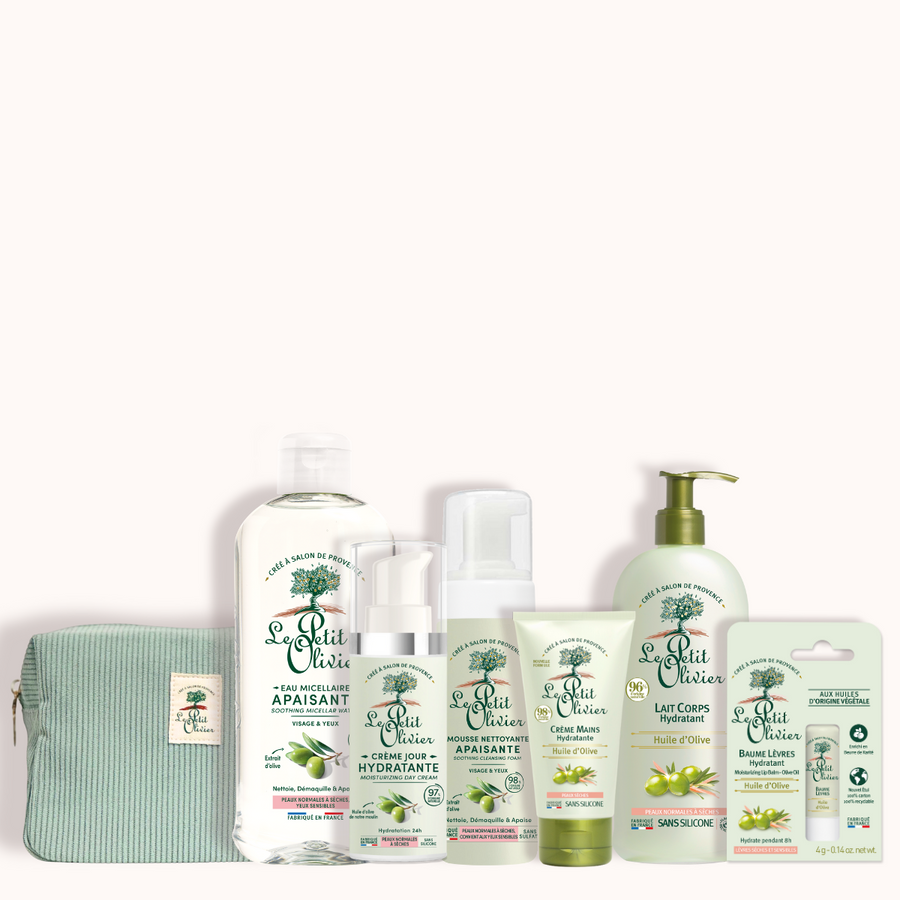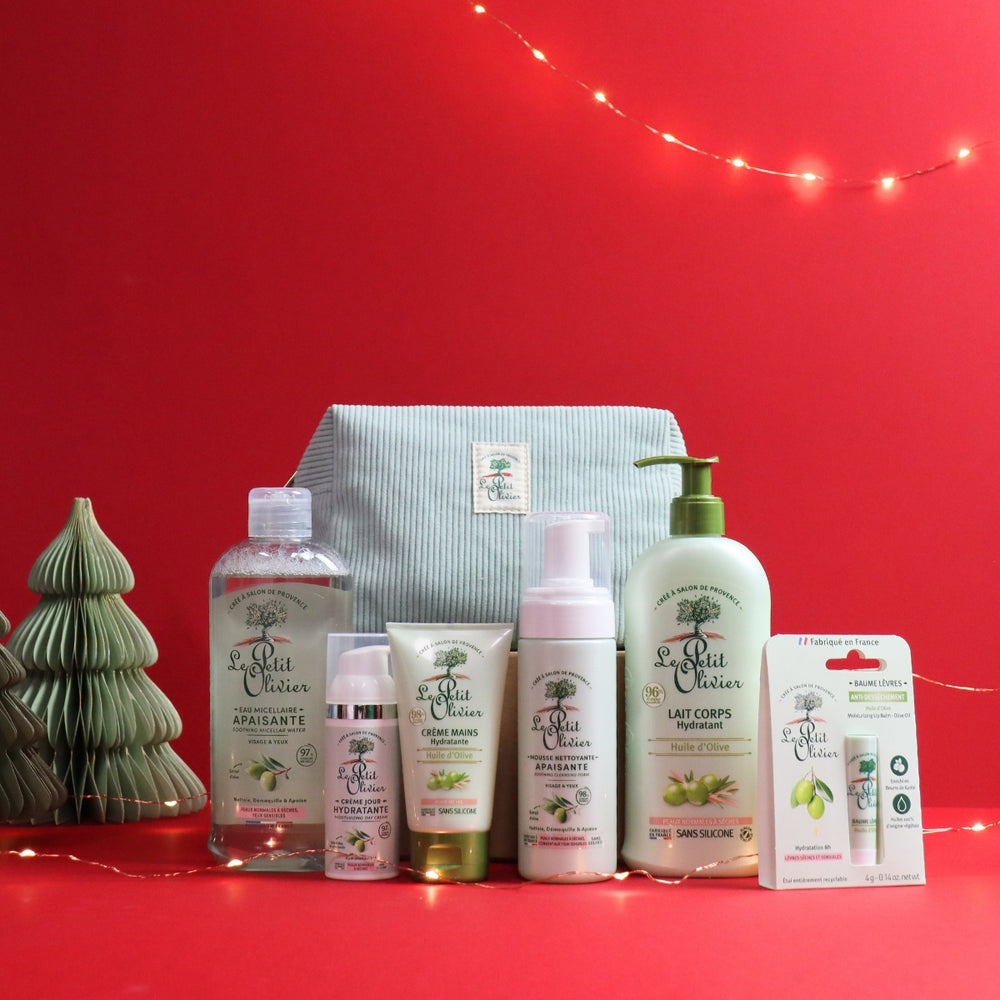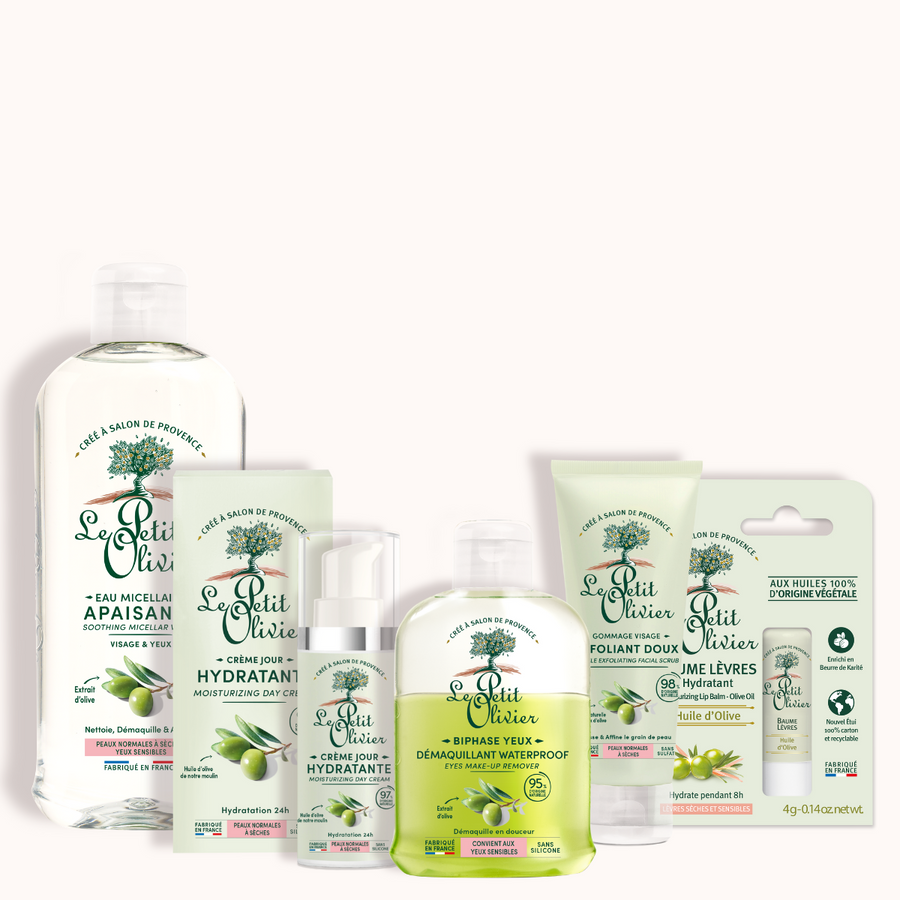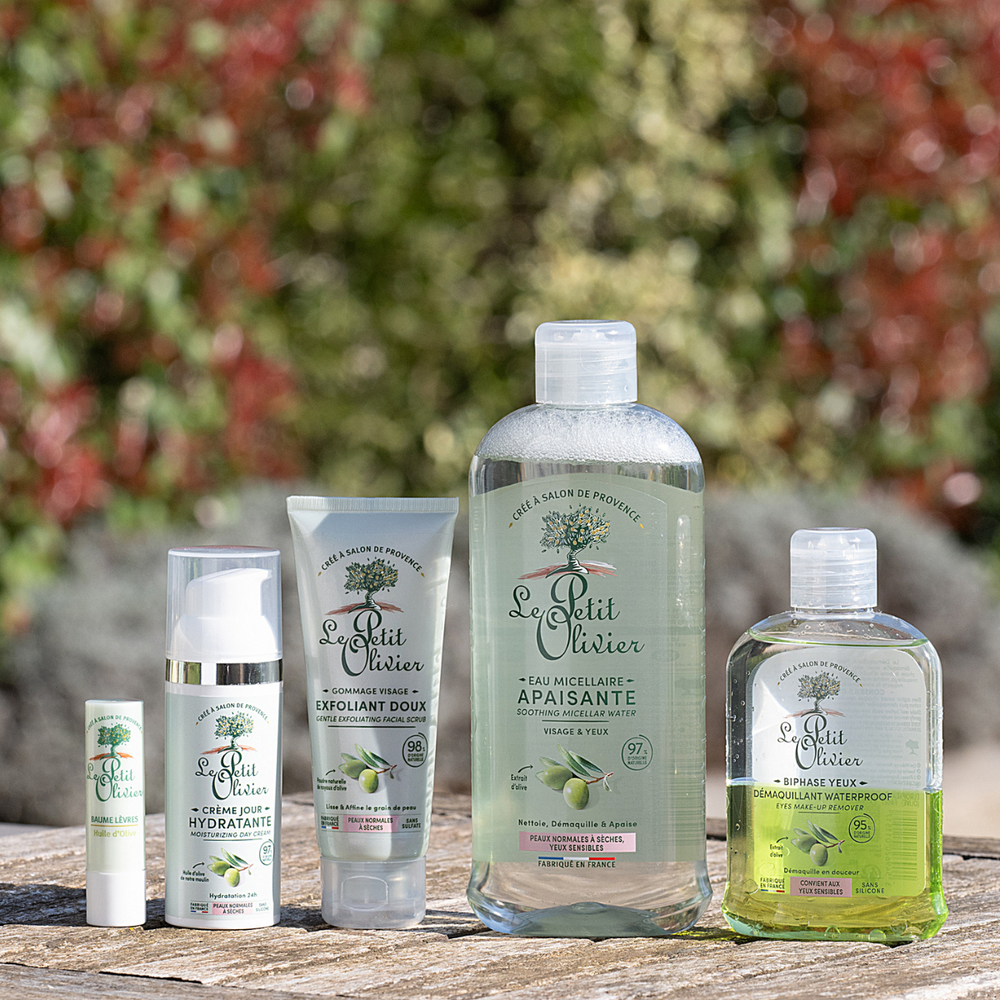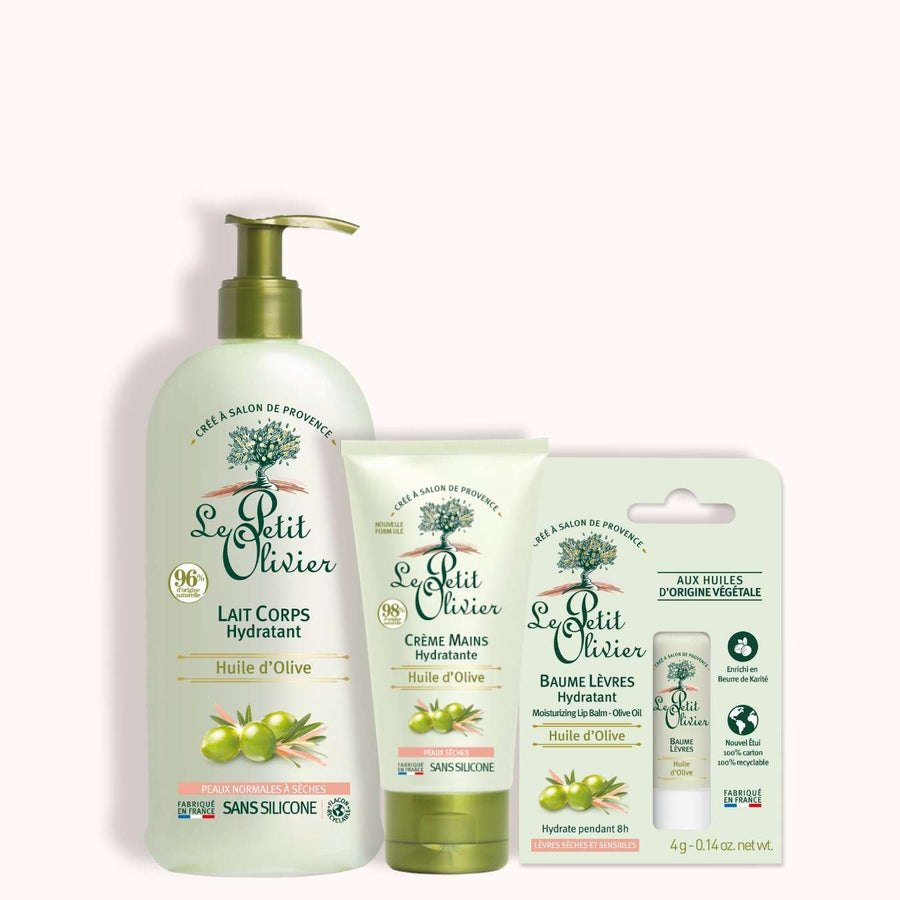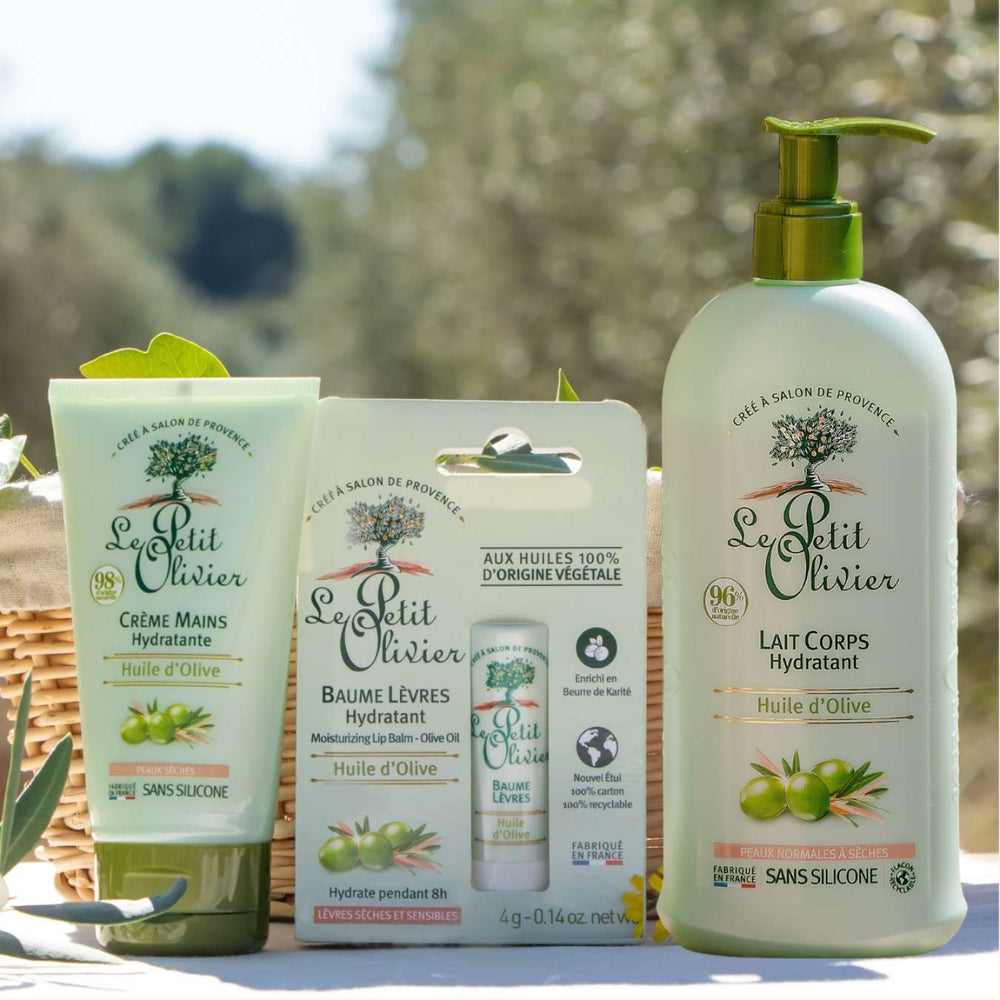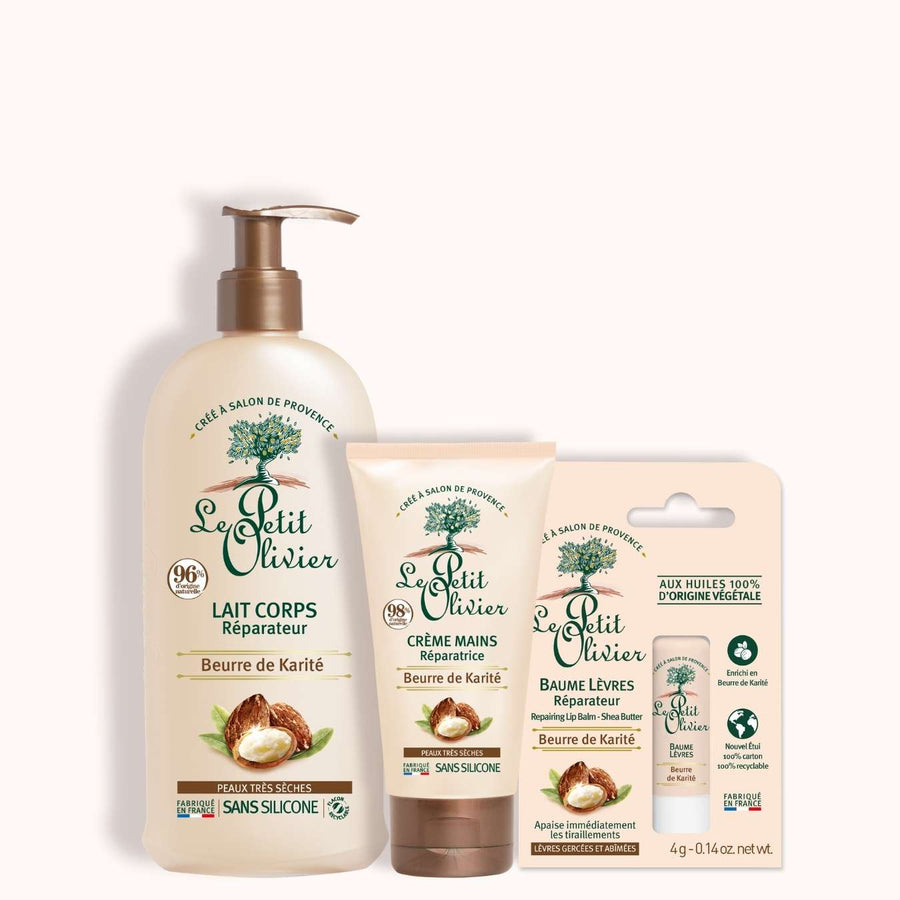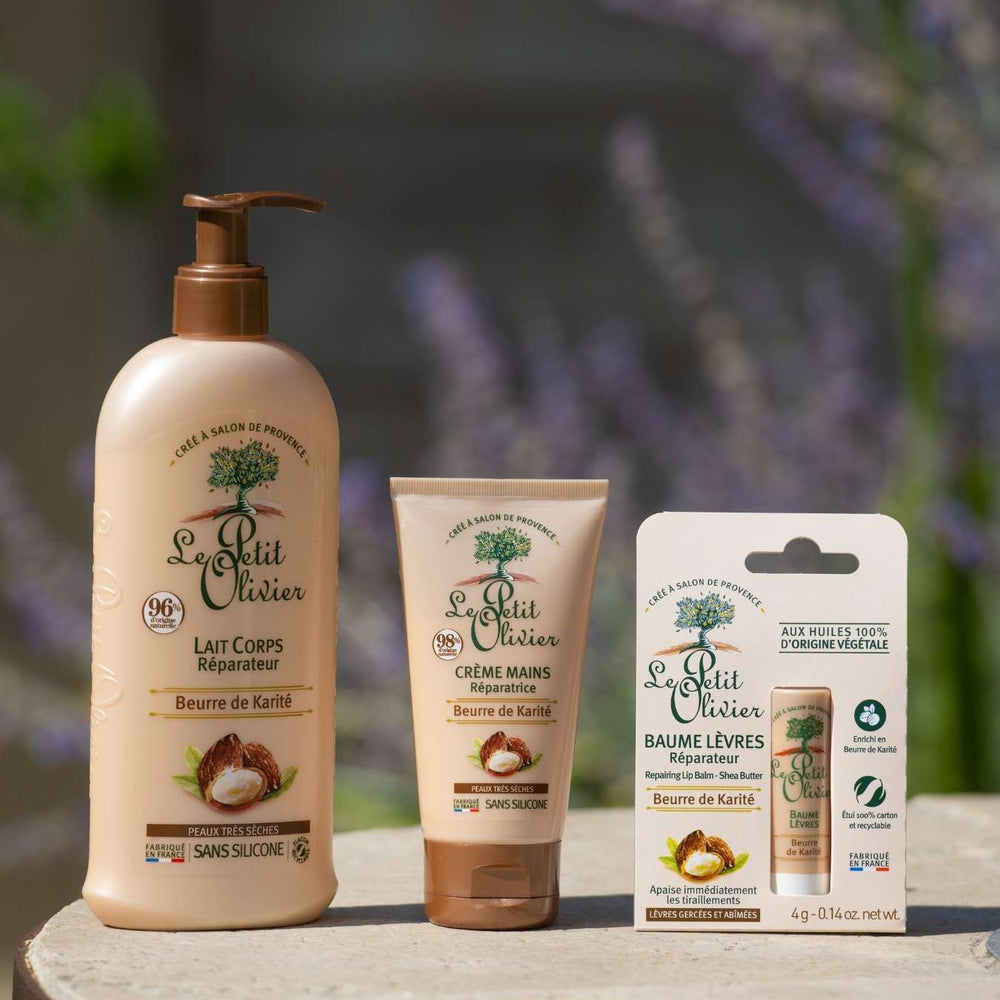Are detanglers effective on curly hair?
Curly hair, with its complex texture and undeniable charm, requires special attention. Have you ever wondered how effective detanglers really are at taming those magnificent spirals? On this page, we invite you to explore the world of detanglers in depth, starting with a precise understanding of the unique structure of curly hair. From their distinctive characteristics to the many challenges they pose on a daily basis, every aspect will be addressed.
We'll examine how detanglers really work on this type of hair and analyze their effectiveness through studies and testimonials. To help you choose the ideal product, we'll discuss the essential criteria to consider and common mistakes to avoid when applying. Are detanglers suitable for all hair types?
Understanding the structure of curly hair
Characteristics of curly hair
Curly hair is characterized by a singular architecture that gives it undeniable beauty, but also specific needs. Histologically, each hair is anchored in a follicle composed of several key structures, such as the bulb matrix and the inner and outer root sheaths. This anatomical complexity directly influences the spiral shape of the hair, resulting from asymmetrical growth at the follicle level. In addition, a cross-section often reveals an oval rather than round shape, contributing to the wavy or curly appearance.
Specific challenges of curly hair
Have you ever noticed how hard it can be to detangle your curls without causing breakage? The challenges associated with curly hair don't stop at its intrinsic dryness. The lower mechanical strength due to a higher lipid content makes these hair fibers particularly prone to damage during daily manipulations like brushing or styling.
In addition, environmental factors such as ambient humidity can exacerbate frizz, making day-to-day management even more complex. As cuticle scales are naturally raised in people with curly hair, they also favor rapid absorption of surrounding humidity, sometimes leading to an undesirable mousse effect.
How hair detanglers work
Typical active ingredients in hair conditioners
Hair detanglers are true allies in your hair routine, packed with active ingredients carefully selected to meet the specific needs of each hair type. Among these active ingredients are vegetable oils and light alkanes in silicone-free detanglers. These components create a protective envelope around the hair fiber, making it easier for strands to slide together and considerably reducing tangles.
Other active ingredients, such as squalane and natural waxes, provide unequalled softness, smoothing the cuticle, while softeners such as aloe and oat provide light but effective hydration. This harmonious combination of active ingredients ensures not only optimal detangling, but also protection against external aggressions.
How detanglers work on hair
A detangler's action is based on its ability to instantly transform hair texture thanks to its sheathing properties. By applying the product to damp strands, you start a process in which each active ingredient plays its own specific role: some fill in cuticle irregularities, while others strengthen the hair's internal structure.
This ritual begins with a gentle massage of the scalp with the fingertips during the pre-shampoo application, promoting penetration of the active ingredients. After a thorough rinse and gentle wringing out with an absorbent towel, it's crucial to distribute the conditioner evenly, concentrating on the lengths and ends.
Then comb your hair with a suitable tool - choose a soft brush or wide-tooth comb depending on your curl type - to ensure breakage-free detangling. This precise gesture not only preserves the integrity of your curls, but also avoids any excessive tension that could further weaken your precious spirals.
Detanglers and their effectiveness on curly hair
Studies on the effectiveness of detanglers for curly hair
Researchers have devoted numerous studies to analyzing the effects of detanglers on curly hair, revealing some fascinating results. One such study, conducted by an independent laboratory, highlighted that regular use of a suitable detangler can reduce breakage by over 40%. This figure is particularly significant for those who struggle with stubborn knots on a daily basis. The active ingredients in these products play a crucial role in strengthening the hair fiber while improving its elasticity.
Other research focused on the time needed for styling after applying conditioner. It was found that this time could be reduced by up to 50%, a valuable gain for anyone wishing to simplify their morning routine. These studies also underline the importance of a judicious choice of product according to curl type, as each hair type has its own specificities which influence the results obtained.
Testimonials from users of detanglers for curly hair
There's nothing like real-life experience to truly understand the impact of a hair product. Many users share their enthusiastic testimonials about the effectiveness of detanglers on their precious spirals. One user recounts how she finally succeeded in mastering her untamed curls thanks to a specific detangler, transforming her relationship with her hair.
Another user emphasizes the silky sensation left by the product after each use, even evoking a "hair rebirth". These accounts highlight not only the detanglers' ability to facilitate styling, but also their contribution to a softer, more pleasant texture to the touch.
However, some testimonials also remind us that not all products are suitable for all hair types, so it's essential to experiment with different types to find the one that's right for you. All in all, these testimonials illustrate the diversity of feelings towards detanglers, and confirm their indispensable role in a successful hair routine.
Criteria for choosing a detangler for curly hair
The importance of the composition of detanglers for curly hair
Choosing the right conditioner for your curly hair requires special attention to its composition. The active ingredients present in the product play a crucial role in the way it interacts with your hair. Choose formulas containing film-forming and softening agents such as vegetable oils or light alkanes, which gently envelop each strand, facilitating snag-free gliding.
Cationic polymers are also essential for their ability to neutralize negative charges present on the hair fiber, reducing static electricity and unwanted frizz. A good detangler must be free of aggressive substances that could weigh down your curls or disrupt their natural structure.
Routine adjustments according to curl type
Adaptation is the key word when it comes to defining an effective hair routine for your curly hair. Each type of curl has its own specificities and requires personalized care. For loose curls, opt for lightweight detanglers that don't weigh down the fiber, while providing sufficient moisture.
On the other hand, if you have tight curls, opt for a product richer in nourishing active ingredients to ensure optimal hydration and prevent the dryness often associated with this type of hair. Don't hesitate to adjust the amount you use according to the volume and thickness of your hair; start with a small dose and gradually increase it if necessary.
Using the right tools, such as a wide-tooth comb or soft brush, is also crucial to preserving the integrity of curls when detangling. By following this advice, you can transform your hair routine into a true moment of sensory pleasure, while effectively caring for your precious spirals.
Common mistakes when using conditioners on curly hair
Excessive amount of product used
In the quest for perfectly detangled hair, it's tempting to use a generous amount of conditioner. However, this can weigh down your curls and rob them of their natural lightness. Have you ever noticed that your hair looks dull or lifeless after application? This could be due to excess product saturating the hair fiber. To avoid this, start by spraying on a little conditioner and adjust as needed. Remember to distribute the product evenly, using a wide-tooth comb to ensure even application.
Inappropriate application methods
Applying conditioner may seem straightforward, but certain mistakes can compromise its effectiveness. Applying the product directly to dry or badly towel-dried hair is a widespread practice that limits the penetration of beneficial active ingredients into the hair fiber. To maximize the benefits of conditioner, always apply it to damp hair, ideally after removing excess water with a soft towel.
Finally, using unsuitable tools such as a stiff brush can cause more breakage and damage the fragile structure of curls. Instead, opt for a comb with spaced teeth or a soft brush specially designed for curly hair to ensure smooth, respectful detangling.
Natural alternatives to detanglers for curly hair
Vegetable oils and butters for curly hair
For those who prefer a gentler approach, vegetable oils and natural butters prove to be invaluable allies in the care of curly hair. Their wealth of nourishing active ingredients offers an effective solution for softening and detangling your spirals without resorting to conventional products. Have you already tried these alternatives?
Coconut oil, for example, is prized for its ability to penetrate deep into the hair fiber, bringing suppleness and shine. It's easy to apply to lengths that are still damp after washing. Avocado oil wraps each curl in a protective film, while its sheathing properties strengthen the hair structure.
Butters like shea butter also deserve your attention. Used for centuries in African traditions, shea butter intensely nourishes and protects against external aggressions. Applied in small quantities to the ends before styling, it helps prevent breakage while maintaining the moisture needed for tight curls.
We recommend these other pages:
